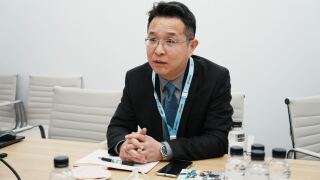Top banner - Events

14 - 17 May
Gaylord National Resort & Convention Center | National Harbor, USA
Today's Top Story
Today's Top Story
Microsoft has announced significant commitments to build new cloud and AI infrastructure in Thailand.
Javier Lacasa has been named as executive president for wholesale telecoms carrier UFINET.
Grid Telecom and Quadrivium are teaming up to create a new cable landing station (CLS) in Chania, on the northern coast of Crete.
Orange has announced that the SEA-ME-WE 6 system which links France to Singapore has landed in Marseille.
Most Popular
Subscribe banner
Latest News
Latest News
-
Telxius CEO Mario Martín discusses how the company continues working to transform the global communications landscape.
-
Ofcom referred the £7.5 billion UK cloud market to the Competition and Markets Authority (CMA) for investigation in October 2023, citing several concerns around competition.
-
Telxius’ latest subsea cable route is in service following the extension of South America 1 (SAm-1) between Punta Cana in the Dominican Republic and Puerto Rico.
DO NOT EDIT. Leaderboard 5 (middle of homepage)
Forthcoming Events
In-depth (features and interviews)
In-depth (features and interviews)
Equinix yesterday announced its board of directors has commenced an independent investigation into matters referred to in a short report from Hindenburg Research last week.
Digital Issues
Webinars
CSS & JS Changes

























